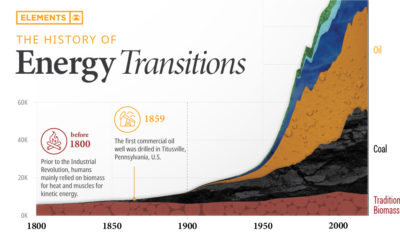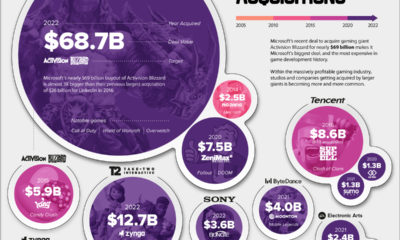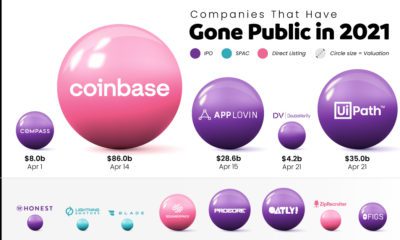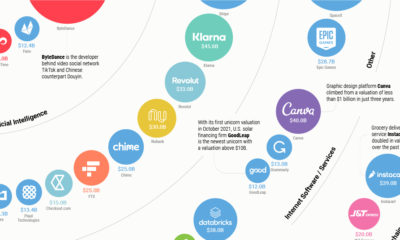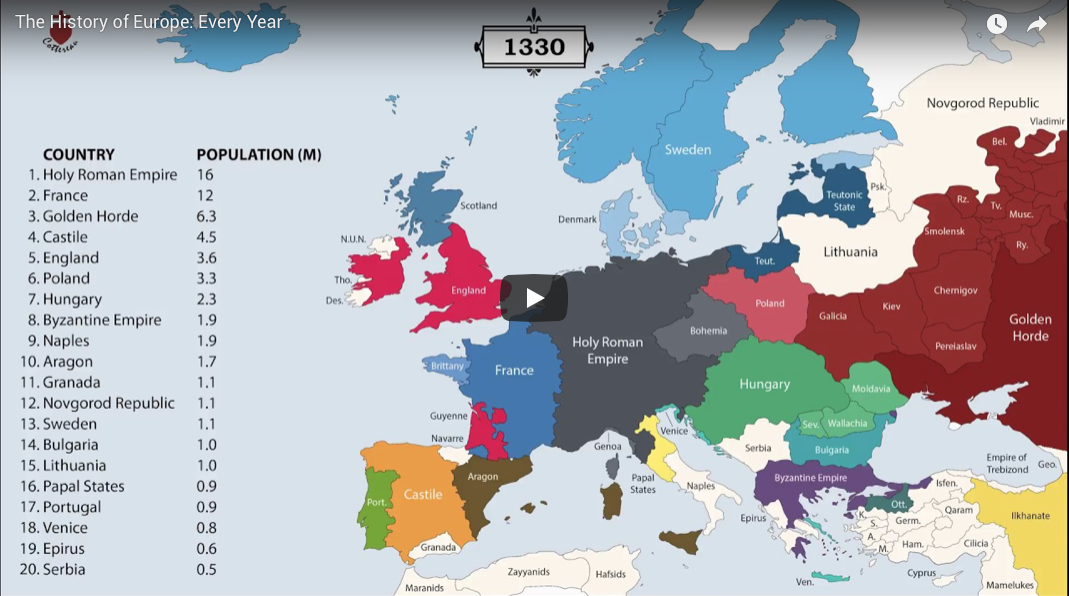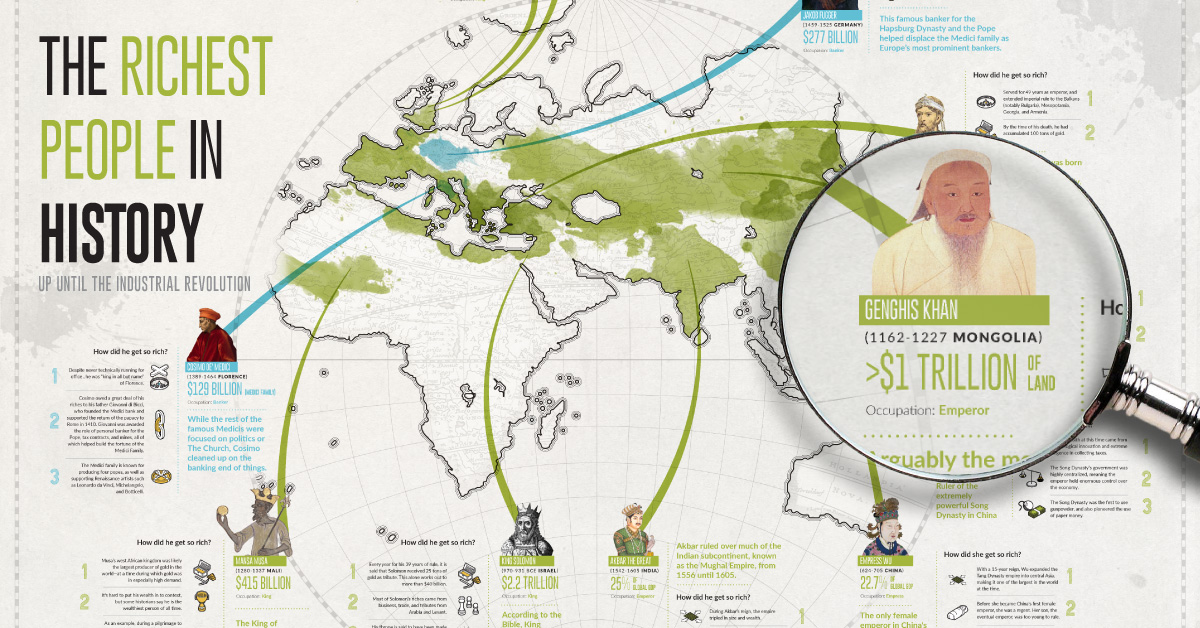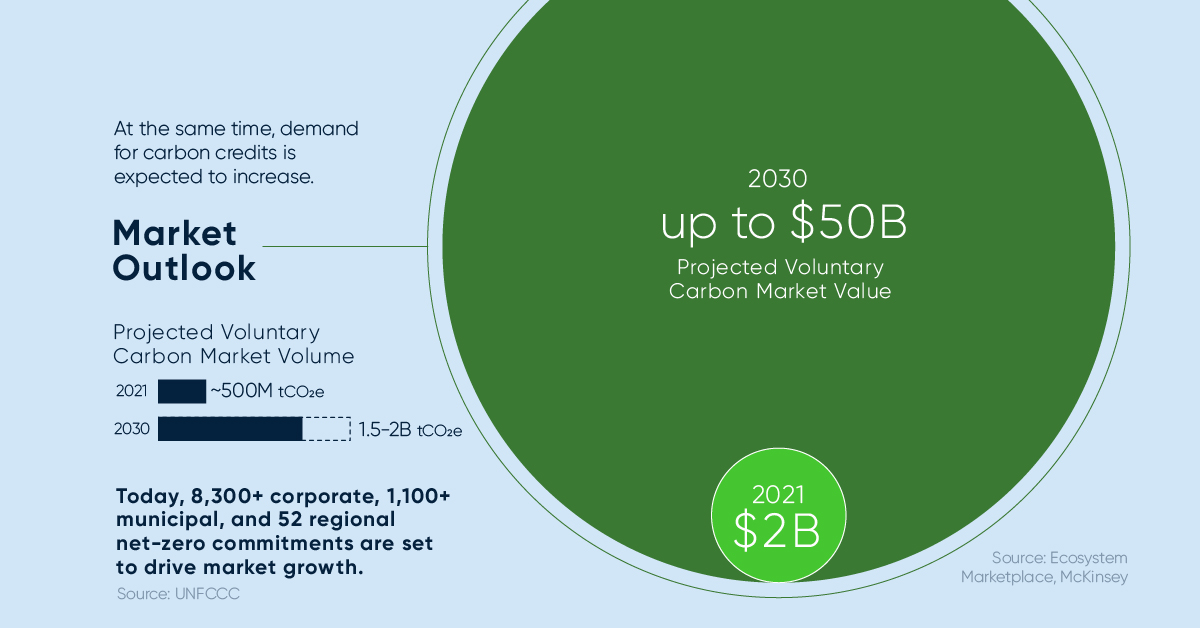In the 1950s, scientists built the first video games as instructional tools or to demonstrate the capabilities of new technologies. Academics tested out rudimentary forms of artificial intelligence on games like tic-tac-toe or chess, while showcasing their findings to the public at events like the Canadian National Exhibition or the Festival of Britain. It wasn’t until the incorporation of newly-invented technologies like transistors or random access memory (RAM) that the cost and size of these computers went down. By the 1970s, video games were ready for prime time commercialization. The first arcades were opened, compelling games started to hit the market, and tactile features like joysticks made them accessible even to the most basic user. The rest is history – and the total market for gaming is now worth close to $100 billion today.
The Evolution of the Video Games Market
The following infographic comes to us from GAMR, the world’s first video game technology ETF. It details the history and evolution of the video games market, the emergence of mobile, and the fast-growing Asian sector. Today, there are over two billion gamers worldwide – and they all play across a wide variety of genres and platforms. Despite stereotypes, gamers come from all walks of life. About 59% of gamers are males, and 41% are females – and the average age of a gamer is 38 years old.
The Future of the Video Games Market
While the mobile market is all the rage today for publishers, the future of gaming is likely to be driven largely by augmented and virtual reality. International Data Corporation, for example, estimates that worldwide revenues for the total augmented reality and virtual reality (AR/VR) market will grow from $5.2 billion in 2016 to more than $162 billion in 2020, representing a compound annual growth rate (CAGR) of 181.3% over the 2015-2020 forecast period. Gaming hardware and content would make up a significant portion of this projection, but other types of content such as movies, entertainment, and advertising will also capitalize on the emergence of AR/VR. For now, VR/AR headsets are currently only accessible to high-end users, and there is also a limited supply of content for users to enjoy. Only time will tell if the technology will mature enough to meet the public’s expectations. on To reach net-zero by 2050, immediate action and $9.2 trillion in annual investment is required, or about 7-9% of global GDP. This would be $3.5 trillion annually more than today, which in 2020 was equal to roughly:
50% of corporate profits25% of tax revenues7% of household spending
This infographic sponsored by Carbon Streaming Corporation shows how carbon credits can help accelerate a net-zero future by funding climate action.
Closing the Funding Gap With Carbon Credits
Carbon credits play a vital role in channelling finance to help close this funding gap. Here are some ways in which carbon credits can be used: Thanks to a growing number of initiatives listed below, 2023 is anticipated to bring greater credibility and transparency to the carbon credit market.
The Integrity Council for the Voluntary Carbon MarketScience Based Targets initiative (SBTi)Climate Action Data TrustVoluntary Carbon Markets Integrity Initiative
Not Every Carbon Credit is Equal
Identifying high-quality carbon credits is important because not every type of credit offers the same scope of benefits. Carbon credit buyers look for credits that offer tangible benefits that go beyond CO₂ reduction or removal, such as:
Advancing Sustainable Development GoalsCreating jobs in local communitiesProtecting biodiversityProviding education and job training
Often, credits that offer these types of benefits command a price premium. At the same time, demand for carbon credits is expected to increase. Within the decade, the value of the voluntary carbon market could grow from $2 billion up to $50 billion. Voluntary carbon markets refer to the transactions in which carbon credits are purchased by corporate and other buyers that voluntarily (not required by a regulatory act) want to compensate for their emissions or advance sustainability goals.
Source: Ecosystem Marketplace, McKinsey, UNFCCC Today, over 8,300 corporate, 1,100 municipal, and 52 regional net-zero commitments are set to drive market growth.
Carbon Streaming’s Innovative Approach to Climate Action
Carbon Streaming is a publicly listed company that invests capital in high integrity carbon credit projects on a global scale. It uses the proven, flexible streaming model to create long-term partnerships. This model aligns interests to benefit all stakeholders. Carbon Streaming’s growing portfolio of carbon credits includes over 20 projects across six different project types in 12 countries that aim to accelerate a net-zero future.
Transformative Year Ahead
By the end of 2023, carbon credits are expected to be issued from 10 or more projects. Importantly, all of Carbon Streaming’s carbon projects aim to advance multiple UN Sustainable Development Goals. Carbon Streaming intends to continue growing and diversifying its portfolio while selling carbon credits received to maximize value for all stakeholders.
Interested in learning more about Carbon Streaming? Click here to learn more.
